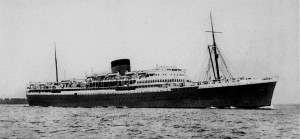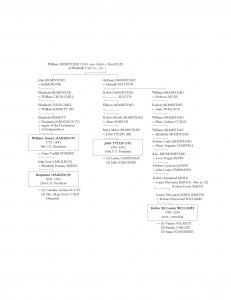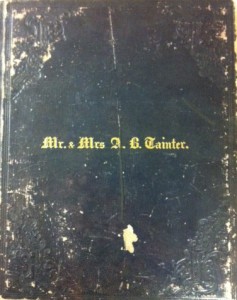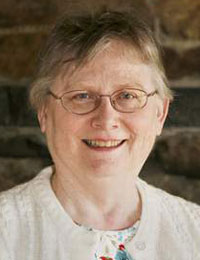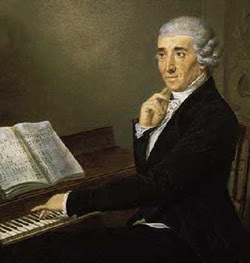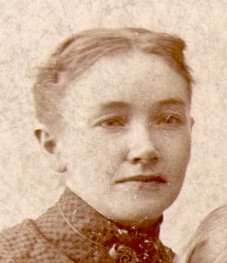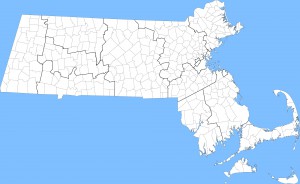
The Nathaniel Ilsley family of Portland, Maine (and later Chelsea, Massachusetts; Buffalo and Troy, New York; and Newark, New Jersey) produced more than a dozen singers, violinists, and conductors – and at least two composers. One of these last was my great-great-grandfather, Francis Grenville Ilsley (1831–1887), and the other was his younger brother, Eliphalet Clark Ilsley (1837–1866). Frank (or Grenville) wrote at least two hymn tunes that are still in general use – Ilsley and Dania – while Clark (or Clarke) ventured South and spent the Civil War years as the choirmaster of St. Paul’s Church in Augusta, Georgia. Continue reading Musicians in the family: Part Three
